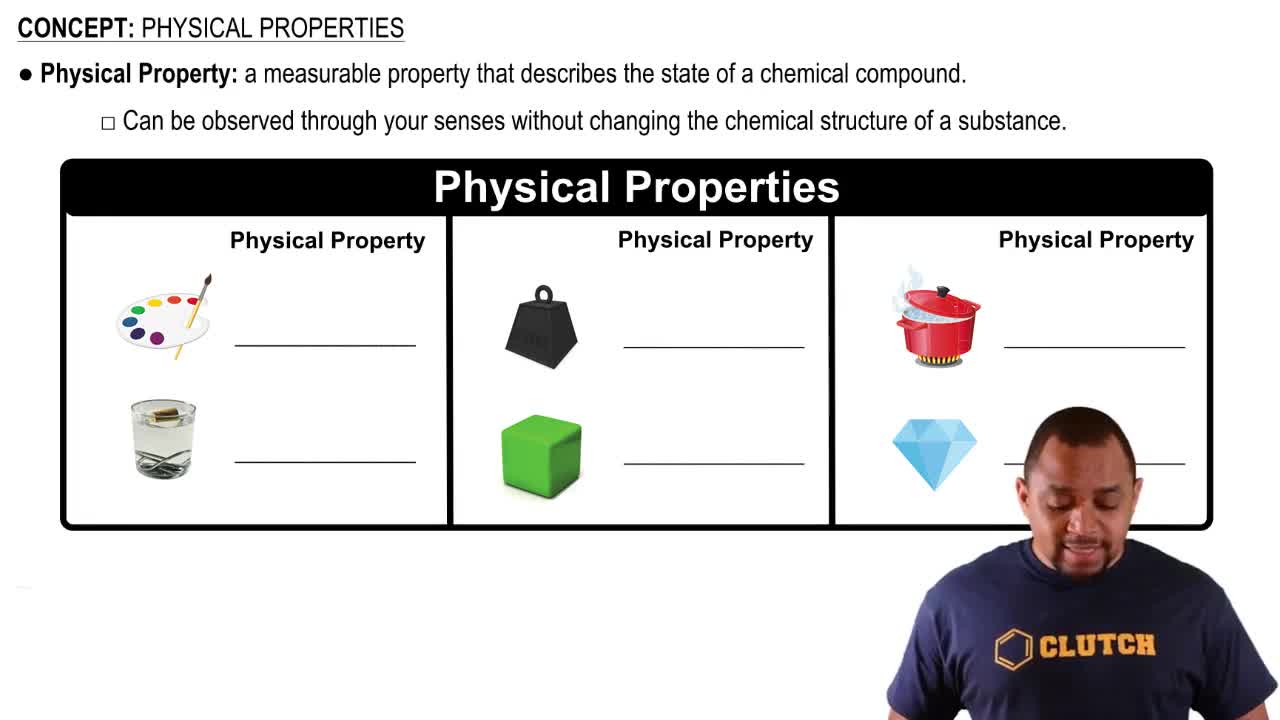Identify each of the following properties as more typical of an organic or inorganic compound:
c. contains covalent bonds
 Verified step by step guidance
Verified step by step guidance Verified video answer for a similar problem:
Verified video answer for a similar problem:



 2:26m
2:26mMaster Introduction to Organic Chemistry Concept 1 with a bite sized video explanation from Jules
Start learning